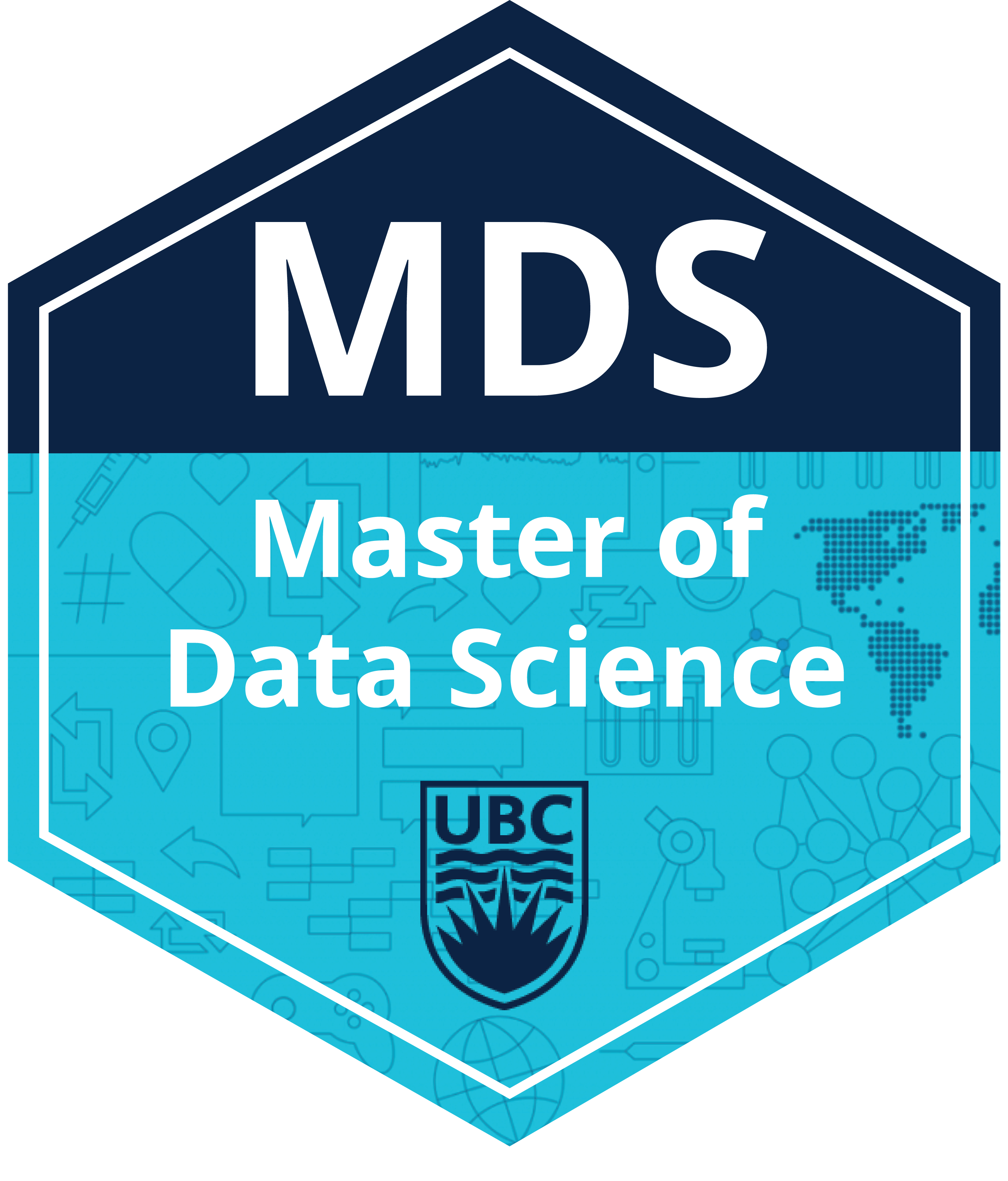
Course learning outcomes#
In this course, we will learn some advanced machine learning methods in the context of natural language processing (NLP) applications, including Markov chains, hidden Markov models, recurrent neural networks, and self-attention and transformers.
Click to expand!
By the end of the course, students will be able to:
Perform basic text preprocessing.
Define Markov chains and apply them for generation and inference.
Explain the concept of stationary distribution in Markov chains.
Describe Hidden Markov Models (HMMs) and perform inference and decoding.
Summarize Recurrent Neural Networks (RNNs) and their variations.
Explain self-attention and transformers and apply them in NLP tasks.
Deliverables#
Click to expand!
The following deliverables will determine your course grade:
Assessment |
Weight |
Where to submit |
|---|---|---|
Lab Assignment 1 |
12% |
|
Lab Assignment 2 |
12% |
|
Lab Assignment 3 |
12% |
|
Lab Assignment 4 |
12% |
|
Class participation |
2% |
iClicker Cloud |
Quiz 1 |
25% |
|
Quiz 2 |
25% |
See Calendar for the due dates.
Lecture schedule#
This course will be run in person. We will meet three times every week: twice for lectures and once for the lab. You can refer to the Calendar for lecture and lab times and locations. Lectures of this course will be a combination traditional live lecturing, class activities, and pre-recorded videos. Drafts of the lecture notes for each week will be made available earlier in the week.
This course occurs during Block 6 in the 2024/25 school year.
Lecture |
Topic |
Assigned videos/Readings |
Resources and optional readings |
|---|---|---|---|
0 |
📹 |
||
1 |
|||
2 |
📹 |
||
3 |
|||
4 |
(optional) HMM Baum-Welch (unlisted) |
||
5 |
|||
6 |
📹 |
||
7 |
|||
8 |
The labs are going to be in person. There will be a lot of opportunity for discussion and getting help during lab sessions. Please make good use of this time.
Installation#
We are providing you with a conda environment file which is available here. You can download this file and create a conda environment for the course and activate it as follows.
conda env create -f env-dsci-575.yml
conda activate 575
We’ve only attempted to install this environment file on a few machines, and you may encounter issues with certain packages from the yml file when executing the commands above. This is not uncommon and may suggest that the specified package version is not yet available for your operating system via conda. When this occurs, you have a couple of options:
Modify the local version of the
ymlfile to remove the line containing that package.Create the environment without that package.
Activate the environment and install the package manually either with
conda installorpip installin the environment.
Note that this is not a complete list of the packages we’ll be using in the course and there might be a few packages you will be installing using conda install later in the course. But this is a good enough list to get you started.
Course communication#
Click to expand!
We all are here to help you learn and succeed in the course and the program. Here is how we’ll be communicating with each other during the course.
Clarifications on the lecture notes or lab questions#
If there is any clarification on the lecture material or lab questions, I’ll post a message on our course channel and tag you. It is your responsibility to read the messages whenever you are tagged. (I know that there are too many things for you to keep track of. You do not have to read all the messages but please make sure to carefully read the messages whenever you are tagged.)
Questions on lecture material or labs#
If you have questions about the lecture material or lab questions please post them on the course Slack channel rather than direct messaging me or the TAs. Here are the advantages of doing so:
You’ll get a quicker response.
Your classmates will benefit from the discussion.
When you ask your question on the course channel, please avoid tagging the instructor unless it’s specific for the instructor (e.g., if you notice some mistake in the lecture notes). If you tag a specific person, other teaching team members or your colleagues are discouraged to respond. This will decrease the response rate on the channel.
Please use some consistent convention when you ask questions on Slack to facilitate easy search for others or future you. For example, if you want to ask a question on Exercise 3.2 from Lab 1, start your post with the label lab1-ex2.3. Or if you have a question on lecture 2 material, start your post with the label lecture2. Once the question is answered/solved, you can add “(solved)” tag before the label (e.g., (solved) lab1-ex2.3). Do not delete your post even if you figure out the answer on your own. The question and the discussion can still be beneficial to others.
Reference Material#
Click to expand!
Online resources#
Stanford CS224d: Deep Learning for Natural Language Processing
7 Types of Artificial Neural Networks for Natural Language Processing
https://distill.pub/
RNNs in TensorFlow, a practical guide and undocumented features
For NLP in R, see Julia Silge’s blog posts on sentiment analysis of Jane Austen novels: part 1, part 2, part 3, part 4.
Books#
Jurafsky, D., & Martin, J. H. Speech and language processing.
Goodfellow, I., Bengio, Y., Courville, A., & Bengio, Y. (2016). Deep learning (Vol. 1). Cambridge: MIT press.
Goldberg, Y. (2017). Neural network methods for natural language processing. Synthesis Lectures on Human Language Technologies, 10(1), 1-309.
Bird, S., Klein, E., & Loper, E. (2009). Natural language processing with Python. O’Reilly Media, Inc.
Policies#
Please see the general MDS policies.
